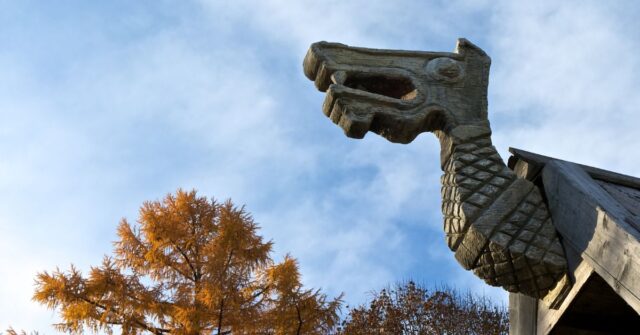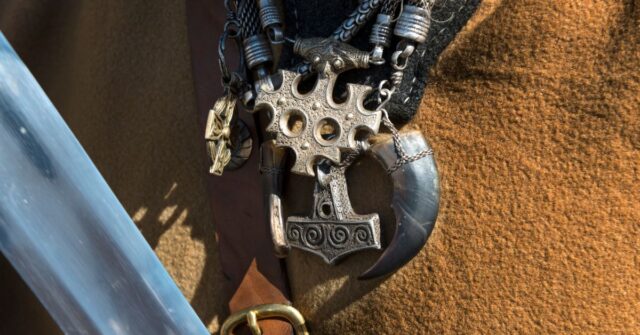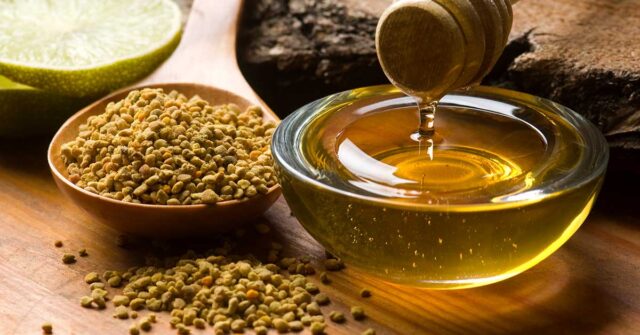Choosing the perfect Viking sword can be a daunting task, whether you are an enthusiast, a collector, or a historical re-enactor.
This comprehensive guide aims to equip you with the knowledge needed to make an informed choice. You will learn about the history, anatomy, types, and markings of Viking swords, and even delve into the art of their creation.
We will then guide you on choosing a Viking sword based on your specific needs and preferences, followed by advice on maintaining it. Let’s embark on this fascinating journey into the world of Viking swords.
Introduction to Viking Swords
The Viking sword, a symbol of power and prestige, is a fascinating piece of history. These blades, crafted with intricate detail, offer a glimpse into the Viking Age, a period from 793 AD to 1066 AD, known for its expansion, exploration, and warfare.
A Brief History of Viking Swords
Viking swords evolved from earlier Germanic weapons, characterized by their long double-edged blades, wide fullers, and intricate hilt designs.
As the Viking Age progressed, so did the design of the swords, reflecting changes in warfare, trade, and metalworking techniques. Understanding this evolution can help us appreciate the variety of Viking swords available today.
Viking Swords in Warfare and Culture
Viking swords were more than just tools of war. They were status symbols and often linked to Norse mythology. Swords were often named and believed to carry their own spirits.
In warfare, the sword was used in conjunction with the round shield, forming a formidable offense and defense strategy. These cultural and martial aspects deeply influence the design and craft of Viking swords.
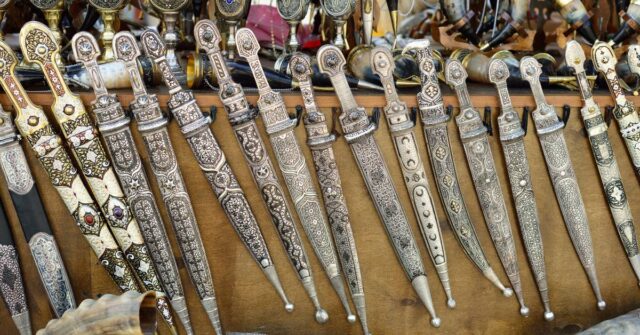
Understanding Viking Sword Anatomy
Like any weapon, a Viking sword is composed of several parts, each serving a specific purpose. From the blade to the pommel, understanding the anatomy of a Viking sword can help identify authentic pieces and appreciate the craft involved.
The Blade: Types and Materials
The blade is the heart of any sword. Viking blades were typically double-edged, made from pattern-welded iron to create a tough, resilient weapon. Over time, different blade types evolved, reflecting changes in combat style and metallurgical advancements.
The Hilt: Types and Construction
The hilt, composed of the guard and the grip, is designed for control and balance. Its construction often reveals the sword’s age and origin. Viking hilts usually have a lower guard and an upper guard, both often decorated with intricate designs.
The Pommel: Significance and Design
The pommel serves a dual purpose: it balances the sword and serves as an additional striking surface. Viking pommels are typically lobed or trilobate, often decorated and even inlaid with precious metals in the case of high-status swords.
The Scabbard: Purpose and Materials
The scabbard protects the sword and makes it easy to carry. Viking scabbards were usually made of wood, covered in leather, and fitted with metal chapes. Few original scabbards survived, but their design and decoration are deduced from archaeological findings.
Recognizing Viking Sword Types
Over the Viking Age, various types of Viking swords emerged, each reflecting different influences, purposes, and periods. One popular method to categorize Viking swords is the Petersen typology, which classifies swords based on hilt design.
Petersen Typology: A Classification System
The Petersen typology, proposed by archaeologist Jan Petersen in his 1919 book “The Norwegian Viking Swords,” classifies Viking swords based on the design and decoration of their hilts.
This system is widely used by historians, archaeologists, and collectors alike to identify and date Viking swords.
Common Viking Sword Types
There are numerous types of Viking swords classified under the Petersen typology, each with its own unique characteristics. Let’s take a closer look at some of the most common types.
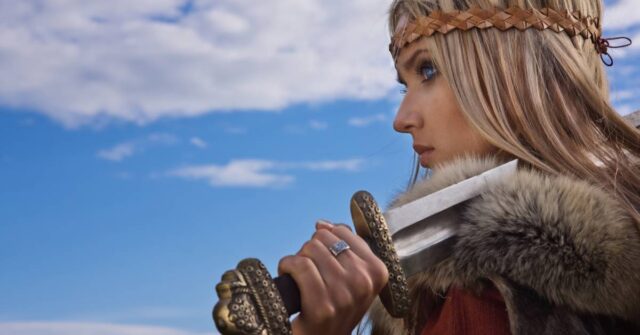
Type H
Type H swords, typically dated to the late 9th to early 10th century, are characterized by their hilt consisting of a single piece, often decorated with silver inlay. The upper guard and pommel are not clearly separated, resulting in a characteristic “mushroom” shape.
Type X
Type X swords are one of the most common types found across Scandinavia and Western Europe. Dating from the 9th to the 11th century, they feature a wide fuller running almost the entire length of the blade, and a hilt with straight upper and lower guards.
Type XI
Type XI, a later variant of Type X, features a narrow fuller running up to three-quarters of the blade’s length. The hilt design is similar to Type X, but the pommel usually has a more pronounced Brazil-nut shape.
Deciphering Viking Sword Marks
Many Viking swords bear inscriptions or marks, often seen on the blade. These marks can be manufacturer’s signatures, symbols of quality, or magical inscriptions, and provide valuable insights into the sword’s origin and history.
Understanding Ulfberht Swords
Ulfberht swords, marked with the inscription “+VLFBERH+T” on the blade, are among the most famous Viking swords. Made from high-quality crucible steel, these swords represent the pinnacle of Viking metallurgical technology.
Their superior quality and the mystery surrounding their maker make them highly sought after by collectors.
Interpreting Other Sword Marks
Apart from Ulfberht, many other marks can be found on Viking swords, including geometric patterns, runic inscriptions, and Christian symbols.
Interpreting these marks can be challenging but adds another layer to understanding the historical and cultural context of the sword.
The Art of Viking Sword Making
Viking sword-making was a craft that combined skill, art, and technology. The process involved several stages, from selecting the right materials to the final decoration of the sword. Let’s explore this captivating process.
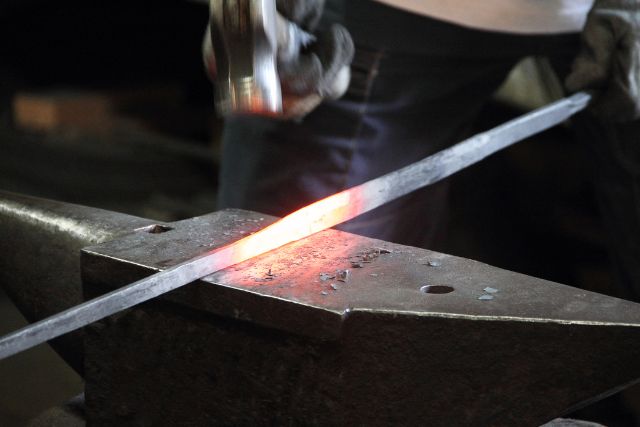
The Forge and Materials
The forge, where the sword takes shape, was a crucial part of Viking communities. The primary material for making the sword was iron, which was smelted and worked into the blade.
High-status swords often involved the use of steel and precious metals for decoration.
Smithing Techniques
Viking smiths employed a variety of techniques to create swords, such as pattern welding and forging. The process was labour-intensive and required precise control over the heat and hammering.
Finishing and Decoration
Once the blade was forged, it was ground, polished, and sharpened. The hilt and pommel were often decorated with intricate designs, and some high-status swords were inlaid with silver or gold.
This final stage transformed the sword from a tool of war to a work of art.
Choosing Your Viking Sword
Choosing a Viking sword is a personal journey, influenced by various factors such as historical interest, martial arts, and aesthetics.
Whether you’re looking for a historically accurate piece for reenactment, a functional sword for martial arts, or a beautiful artifact for display, there’s a Viking sword for you. Check out the full range available here.
For Reenactment and Historical Accuracy
If you’re into historical reenactment, you’ll want a sword that accurately reflects the period and region you’re portraying. Look for manufacturers who use historical methods and materials, and provide documentation for their products’ historical accuracy.
For Combat and Martial Arts
For martial arts or stage combat, safety and functionality are key considerations. Choose a sword with a properly tempered blade and a secure hilt.
Training with Viking martial arts instructors or groups can provide valuable insights into what type of sword works best for combat.
For Display and Collection
If you’re a collector or looking for a display piece, aesthetics, and craftsmanship are important. Consider the sword’s design, decoration, and overall look. Collectors might also be interested in the sword’s historical significance or rarity.

Maintaining Your Viking Sword
A Viking sword, like any other artifact, requires proper care and maintenance to preserve its condition. From cleaning to storage, maintaining your Viking sword involves several steps.
Cleaning and Preservation
Cleaning a Viking sword involves removing dust and moisture, and applying oil to protect the blade from rust. For preservation, you might need additional measures like wax for the hilt or special treatments for decorated parts.
Handling and Storage
Proper handling can prevent damage to the sword and ensure safety. Always wear gloves when handling your sword to prevent oil and sweat from your hands from corroding the blade.
For storage, choose a dry and stable environment, and consider using a stand or wall mount.
Conclusion: Embracing the Viking Warrior Spirit
In choosing and maintaining a Viking sword, you are not just owning a piece of history; you’re embracing the Viking warrior spirit. This guide aims to provide you with the comprehensive knowledge needed for this exciting journey.
With the right understanding and care, your Viking sword can be a source of inspiration, a tool for martial arts, a historical artifact, or simply a beautiful object to admire.








